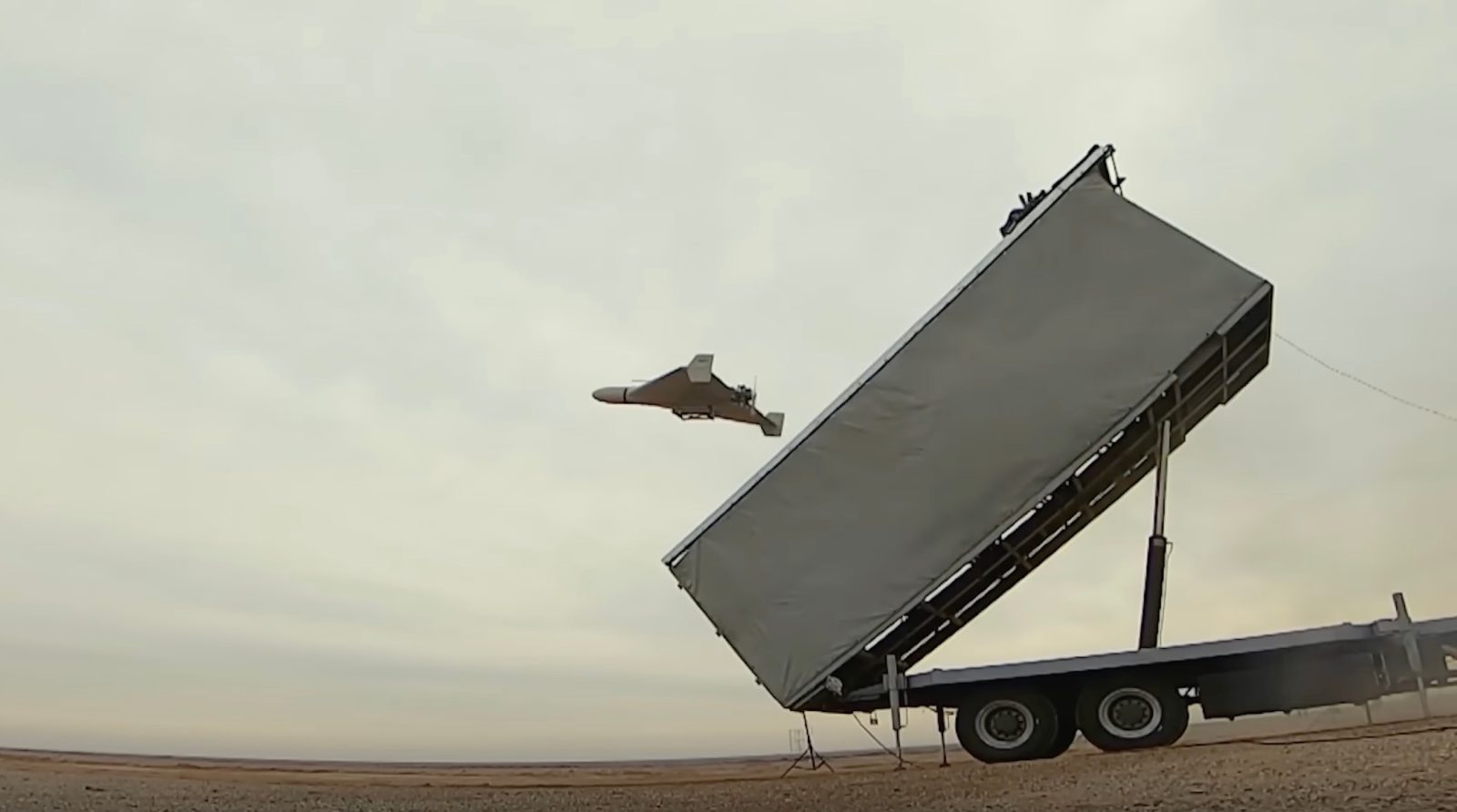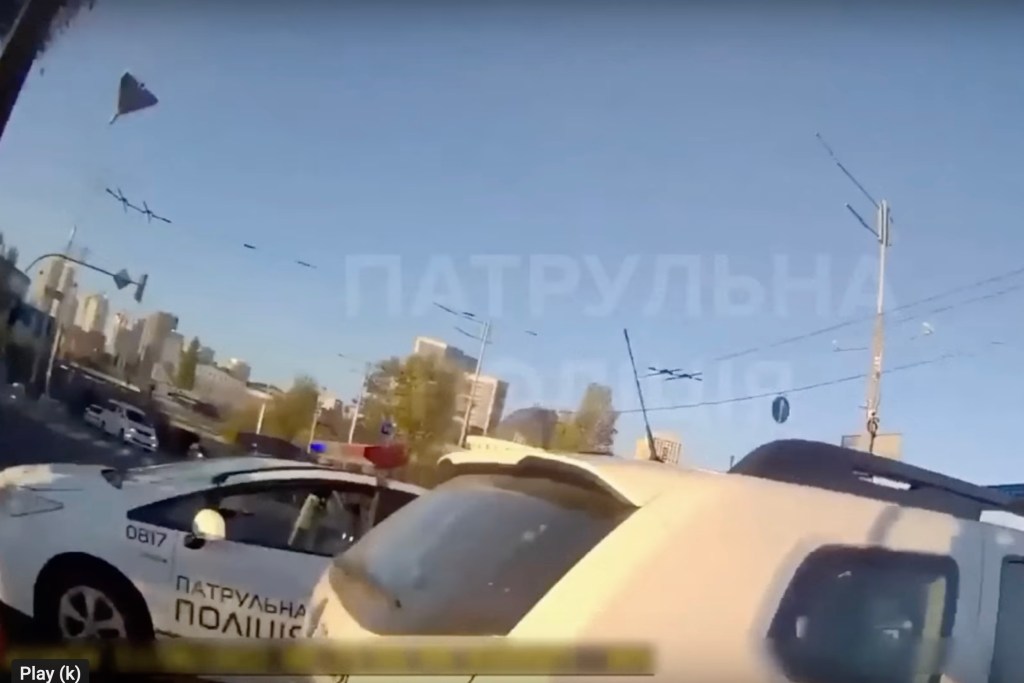
During the eleven months it has been battling Russia’s invasion, Ukraine has demonstrated remarkably effective military deployment of consumer, enterprise, and even DYI-built drones for a variety of purposes, including reconnaissance, intelligence collection, and munition drops. Now officials say the country will take that aerial innovation to another level by developing a UAV created to intercept and destroy the explosives-laden craft Moscow has relied on in its unrelenting attacks.
News of Ukraine’s drone-slaying UAV project was revealed by Minister of Digital Transformation Mykhailo Fedorov this week in an interview with The Associated Press as Russia continued its merciless campaign of strikes unleashed ahead of and through the New Year’s holiday – relying primarily on Iran-build Shahed loitering munitions. Though Ukraine’s defense forces have been successful in destroying the majority of those vehicles before they can strike their targets – thanks in part to the recent arrival of anti-aircraft weapons from Western allies – the damage to energy facilities, infrastructure, and civilian buildings has been considerable, nevertheless.
Read: Rare Ukraine drone video captures FPV strikes on Russian forces
As a means of muscling up those aerial defenses even more, Fedorov said Ukraine will supplement its fleet of smaller craft used for situational awareness and intelligence gathering with specialized UAVs developed to kill incoming Russian drones before they can complete their missions.
“The next stage, now that we are more or less equipped with reconnaissance drones, is strike drones,” Fedorov told AP. “These are both exploding drones and drones that fly up to three to 10 kilometers and hit targets.”
Given the country’s astounding effectiveness in using leisure, enterprise, and self-built drones for military purposes, few observers will be surprised Ukraine is now preparing to take its UAV deployment against Russia’s army to a more complex and potent level. What’s more surprising, however, is how quickly Fedorov predicts that aerial upgrade will come.
“I can say already that the situation regarding drones will change drastically in February or March,” he said of the craft being prepared. “We are talking there about drones, UAVs, UAVs that we are developing in Ukraine. Well, anyway, it will be the next step in the development of technologies.”

If engineers in Ukraine can finish those anti-UAV drones and somehow manage to produce them in large numbers despite wartime disruption and deprivations, their introduction would represent more bad news for Russia’s seriously troubled invasion.
Read: Ukraine downs 89 Iranian loitering drones Russia fired in the opening hours of 2023
Ukraine’s defensive units have already established a high kill rate of Shahed drones launched by Russian forces in the new year, taking out a large majority of the incoming craft – 89 during the first 36 hours of 2023 alone. Additional protection from drone-zapping UAVs might well further weaken Moscow’s offensive capabilities.
Perhaps worse still for Russia’s military planners, however, is that it presumably would not take much work for Ukraine’s future defensive UAVs to be turned into attack drones and being launched against targets behind enemy lines that are difficult to reach with current assets. Indeed, Fedorov’s description of the craft under development seems to acknowledge their offensive potential – something that should alarm already jittery Russian brass further.
Strikes by presumed Ukraine drones of a Russian air base 600 kilometers inside Russia from the two nations’ border have reportedly caused panicked officials in Moscow to relocate nuclear arms stored in the facility even farther away. That attack was, moreover, the second time a military installation was hit deep inside Russian territory in less than a month.
Even as Russia was unleashing additional waves of Shahed drones against targets in Kyiv during its New Year’s offensive, Ukraine staged a missile strike of its own in the Donetsk region that may have killed up to 400 Russian soldiers. Though Moscow claims casualties were lower, reports suggest the attack inflicted the worst losses Russia has suffered since beginning its invasion.
Such offensives might feasibly be multiplied and staged even farther behind enemy lines if Ukraine ends up transforming the defensive drones – which Fedorov says engineers will soon produce in record time – into offensive assets.
“We need to do more than what is expected of us, and progress does not wait,” Fedorov said before derisively contrasting of the two nations’ respective successes in creating and deploying drones for military purposes since Russia launched the war. “I don’t believe in [Russia’s] technological potential at all.”
FTC: We use income earning auto affiliate links. More.



Comments